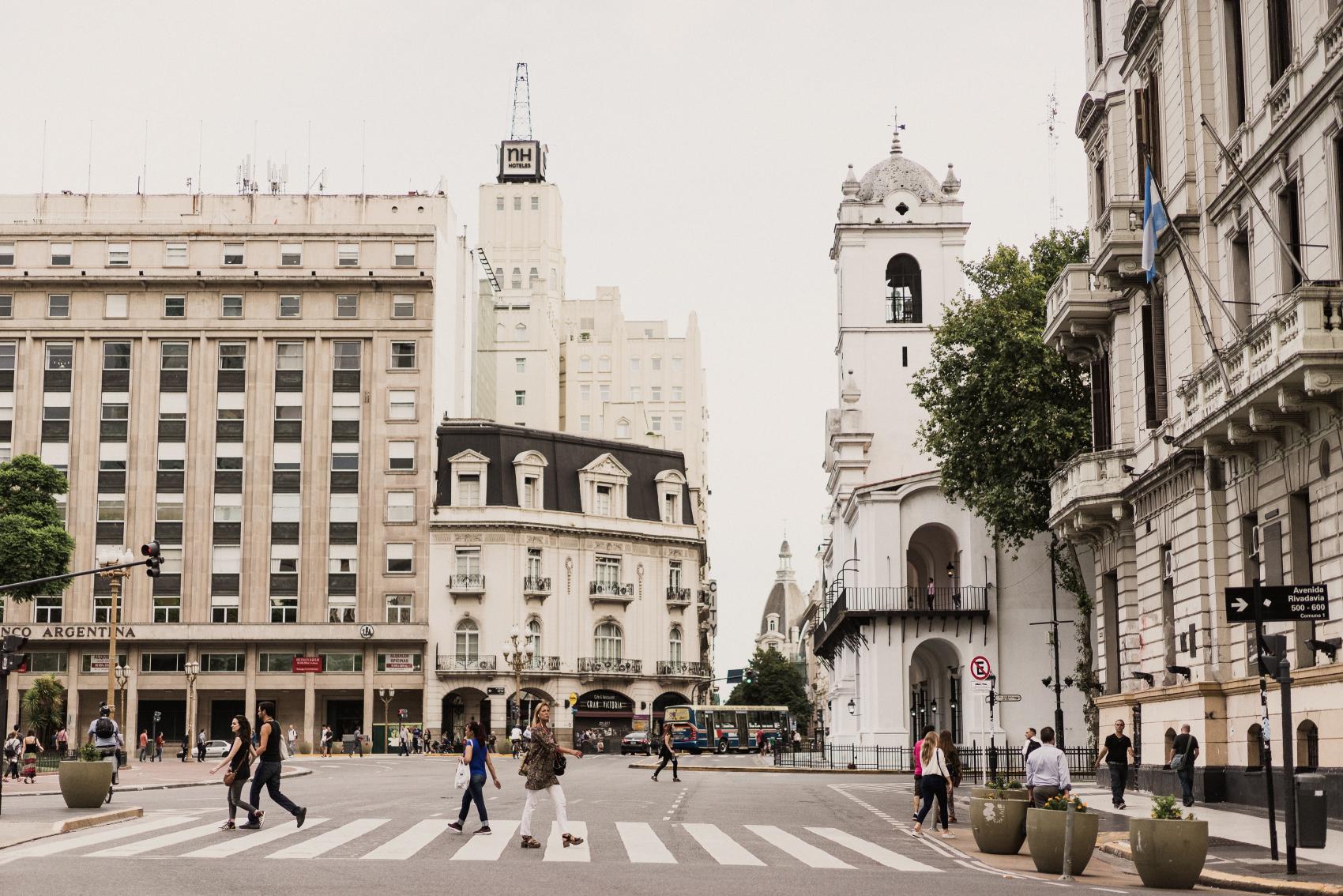
Why are bicycles essential for liveable and sustainable cities?
Cycling is an essential component when planning sustainable cities. Velo-city 2018 will devote plenty of room to the topic. In the conference program, several sessions will focus on urban planning, infrastructure and all issues related to urban development such as traffic congestion. We look forward to the discussion on the theme in Rio from 12 to 15 June, in the meantime, let’s analyse in a nutshell what planning sustainable city means from a cycling point of view.
By 2030, cities worldwide will have to host a billion of new citizens, who will move there to find jobs, more wealth and more social life. However, urban centres cannot continue to expand at the current growth rate: one hour is the maximum limit for urban commuting. We cannot even allow millions of new cars to get access to our urban centres, which are already far too polluted. Air pollution is responsible for a mortality rate between five to ten times higher than road accidents. Accordingly, we need to reconsider our current urban development models and strengthen public transport and active mobility.
Roads are not for cars. Cyclists and pedestrians are more important than motorists[1], M. Bloomberg said in 2012, he is the former New York mayor who developed for the first time a serious sustainable plan for the city.
The important role of bicycles for planning more human size cities is recognized also in the New World Urban Agenda[2] of the UN that clearly prioritize cycling and walking over motorized vehicles[3]. To do this, it is essential to invest in cycling and walking infrastructures. The city of Seville is a good example in this respect, in an interesting article from the Guardian the capital of Andalusia is depicted as a “poster city for sustainable transport”. Data show that in few years the number of bike trips multiplied 11-fold. This is an encouraging example, beyond classical cases as the Netherlands or Denmark that “more or less any urban area can get lots of people on the bikes by the relatively straightforward means of building enough connected, safe lanes on which they can ride”.

Another ‘not classic example’ is the city of Buenos Aires. In the last years the city has invested a lot in cycling infrastructure and it has been inserted in the list of the 20 most bike friendly cities[4]. More than 140 km of new cycle paths have been built, in an attempt to make the city more attractive and reduce traffic in its streets through developing an efficient public transport system. The final goal is that of building a more livable city and make bicycles as a common mode of transport[5].

Despite these success stories, “cars urban infrastructures are heavily subsidized: parking spaces have a much higher priority of cycle paths or pedestrianized zones in local policies”[6]. Let us consider for example the case of San Francisco, a study released in 2010 found that “the city had 441,541 spaces, and more than half of them are free, on-street spaces”[7]. Cutting down on costly parking spaces, it not only is a way to recover urban spaces, but also encourage people to use alternative modes of transport and reduce gas emissions. Although much remains to be done, some tangible progresses are achieved all around the world: many cities have implemented new parking policies. In São Paulo, for example, the new legislation abolished the minimum car parking requirements and set a maximum number of parking spots that can be built into specific projects.
Moreover, cities with a high level of pedestrian and cycling accessibility have GDP per capita levels 38% higher than cities dominated by traffic[8]. Another research from New Zealand University researchers demonstrates that “for every dollar spent to build new separated bike lanes, cities could save as much as $24 thanks to lower health care costs and less pollution and traffic”[9]. However, often investments are too small and limited to have an effective positive impact especially on people habits and their perception of safety.
The next article will focus on cycling in megacities and revisit the subject of urban sustainability, taking into consideration cases from South America and Europe.
[1] See https://nypost.com/2012/10/26/bloomberg-says-mass-transit-cyclists-more-important-than-drivers-who-clog-roads/
[2] On the topic, please take a look at http://citiscope.org/habitatIII/commentary/2016/10/cycling-can-help-new-urban-agendas-aims-more-youd-think
[3] Paragraph 114, UN World Urban Agenda “a significant increase in accessible safe, efficient, affordable, and sustainable infrastructure for public transport as well as non-motorized options such as walking and cycling, prioritizing them over private motorized transportation”
[4] Copenhagenizeindex, 2015 http://copenhagenizeindex.eu/#
[5] See article (only in Spanish) http://www.ciclosfera.com/copenhagenize-buenos-aires-la-mejor-ciudad-de-latinoamerica-para-ir-en-bici/
[6] See (only in Italian), http://www.ilsole24ore.com/art/tecnologie/2014-07-20/ridisegnare-citta-misura-d-uomo-081253.shtml?refresh_ce=1
[8] Research conducted by the George Washington University School of Business
News category:
Network/Project Involved:
Contact the author
Recent news!
Upcoming events
Contact Us
Avenue des Arts, 7-8
Postal address: Rue de la Charité, 22
1210 Brussels, Belgium









